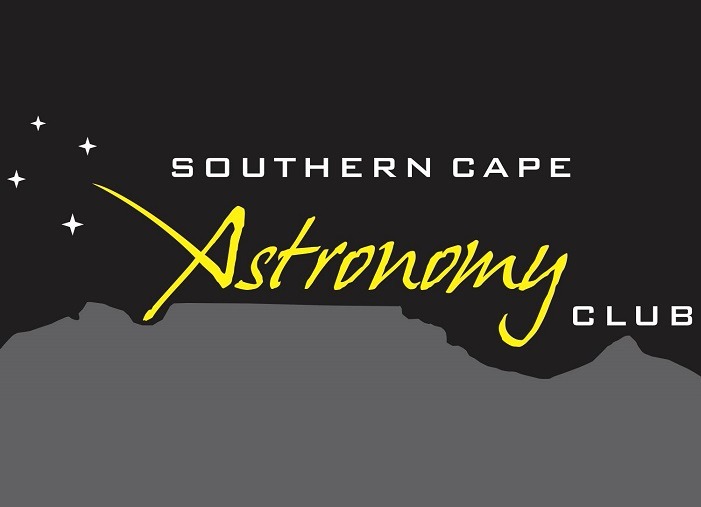This week, Jupiter is at opposition, making its closest approach to Earth for 2018. I caught the planet rising over Kleyn Kloof Nature Reserve just prior to Full Moon on the 30th April. Rising in the east shortly after sunset, the giant gas planet is up all night long, shining brighter than any other star in the night sky.
A pair of binoculars will easily show the planet as a tiny pale yellow disk, as well as its four brightest satellites, the Galilean moons, Callisto, Io, Ganymede and Europa. A small telescope will readily show the planets cloudy bands. With a 12cm (4.7 inch), or larger telescope, Jupiter's giant red spot (GRS), as well as finer details, become visible.
Come to the Club's stargazing evening for stunning views of Jupiter through the telescope and hear how Galileo’s views of Jupiter’and it's four satellites changed our perspective of the solar system. Or join Kos at the Southern Cape Observatory for a Night Sky Safari, and live video of the planet through a 12-inch telescope.















































